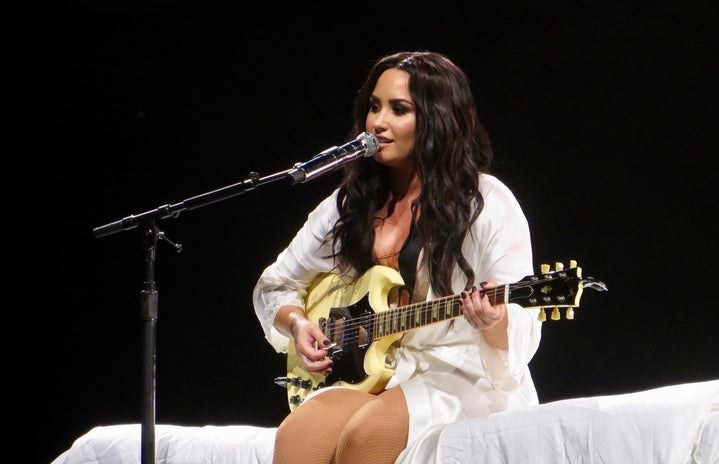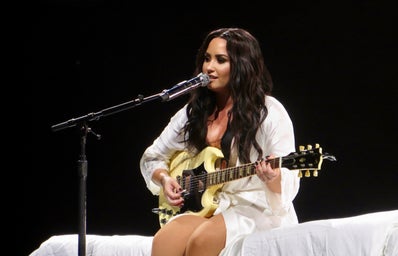Throughout the decades, queer musicians have fought for representation. Although genres such as rock invited individuality and diversity, it was surprisingly exclusive when it came to sexuality. Rock culture was built on heterosexuality, so there wasn’t much room for any other sexual orientation to thrive. This made being gay and a musician extremely difficult.
Artists like David Bowie and Little Richard did encourage androgyny, but they were still not completely out as queer, making representation only look like glitz and glam. Disco had this issue as well. Even though many gay members of society embraced disco and viewed it as a gay celebration, there was not much representation outside of dance music, makeup, and glitter. What about the members of the queer community that were not used to, or didn’t want to be in the spotlight?
This was a difficult question for years. Representation of all queer people was severely lacking. Now, that there is a vast range of queer musicians. Cavetown, Miley Cyrus, girl in red, Hayley Kiyoko, Lil Nas X, Troye Sivan, and so many more artists aim to bring attention to queerness and show that being a musician and being queer are both valid. Different genres are also showing representation. Rather than being pushed into sub-groups, queer people can find LGBTQ+ artists in almost every genre. Pop, indie, indie-rock, rap, R&B, and so many other genres are welcoming gay, lesbian, transgender, non-binary, and other queer artists with open arms. There is an entire queer culture surrounding music, which is a huge upgrade from many decades prior.


